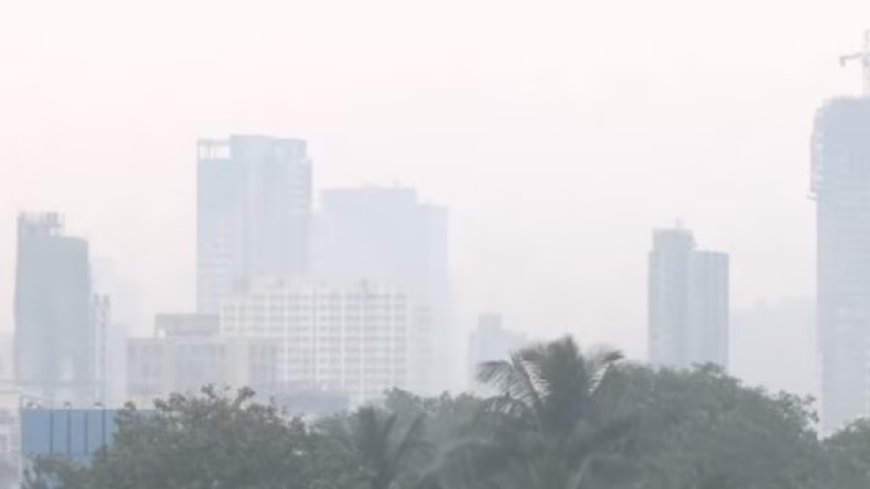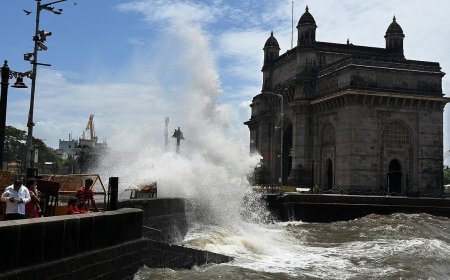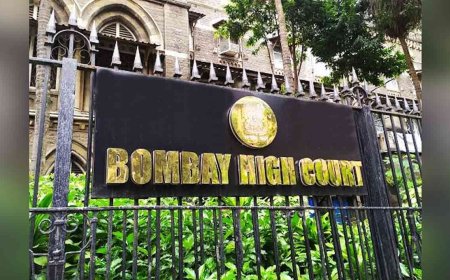Mumbai - Mumbai’s nitrogen dioxide (NO2) levels are on the rise, with the highest increase observed in the Mazgaon and Bandra-Kurla Complex areas. In 2023, the average nitrogen dioxide concentration in Mumbai's air was higher than usual.
According to a study conducted by Greenpeace India, air quality data from 2019 to 2023 for cities like Mumbai, Delhi, Bengaluru, Hyderabad, Chennai, and Kolkata was analyzed. Satellite observations revealed that nitrogen dioxide levels in Mumbai's air have increased above the average during this period. Mazgaon tops the list of areas with the highest increase in nitrogen dioxide, followed by Bandra-Kurla Complex. In Mazgaon, nitrogen dioxide levels have increased by 70% compared to the daily average, raising concerns about the health of residents in this area.
Nitrogen dioxide is a major contributor to air pollution, leading to respiratory, brain, and circulatory issues. Vehicles, power generation, and other industrial processes relying on fossil fuels such as coal, oil, and gas release nitrogen dioxide into the air. In 2019, the lockdown led to a significant reduction in vehicle use and industrial activity, which temporarily reduced nitrogen dioxide emissions. However, with the easing of lockdown restrictions in 2021, vehicles and industries resumed, leading to an increase in nitrogen dioxide levels.
Meanwhile, air pollution is no longer limited to Delhi; reports indicate that nitrogen dioxide levels are rising in cities across India. The main causes behind this increase are rapid urbanization, the growing number of vehicles, and higher fuel consumption.




 Previous
Article
Previous
Article












